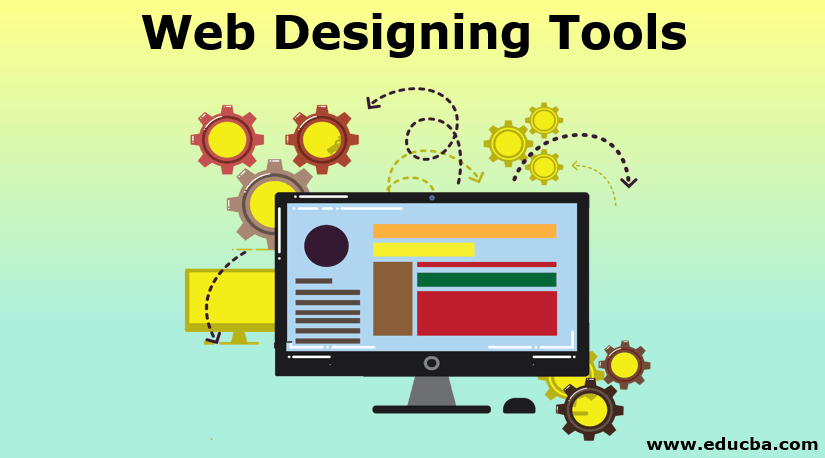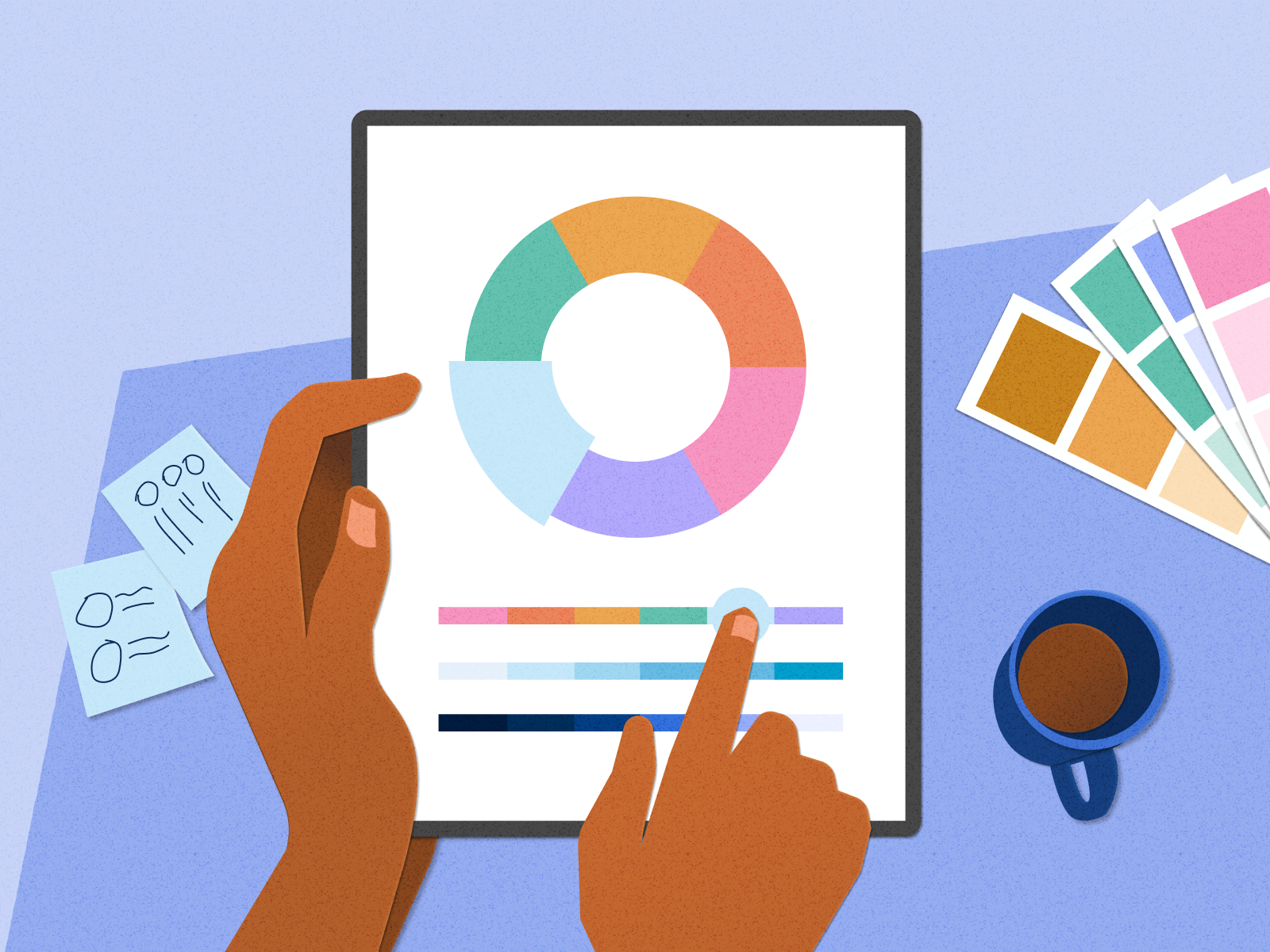The Very Best Types of Web Design to Improve Customer Experience and Engagement
In the ever-evolving landscape of digital interaction, the effectiveness of Web layout significantly impacts individual experience and involvement. Numerous design strategies, such as minimalist, responsive, and interactive layouts, each offer unique advantages that can cater to varied individual demands.
Minimalist Web Design
As digital landscapes come to be increasingly chaotic, minimalist website design has become a powerful approach to enhancing customer experience. This design ideology focuses on simpleness, concentrating on essential aspects while removing unnecessary disturbances. By using adequate white space, simple navigation, and a limited shade palette, minimal layout promotes quality and routes individual attention to crucial web content.
The core concept of minimal Web design is to develop a smooth interaction for individuals. By decreasing cognitive tons, customers can promptly understand details without feeling bewildered. This direct technique not only boosts usability but likewise encourages interaction, as site visitors are most likely to check out a website that is very easy and visually appealing to navigate.
Furthermore, minimal design usually emphasizes typography and images, making use of these elements strategically to convey messages successfully. This concentrate on necessary components can enhance brand identity and develop a remarkable customer experience. Fundamentally, minimal website design is not simply a fad; it is a thoughtful approach that identifies the value of user-centered layout. By removing extraneous components, developers can develop a much more engaging, efficient, and delightful Web experience for all individuals.
Receptive Website Design
In today's diverse electronic environment, responsive website design has come to be crucial for producing a seamless user experience throughout a wide range of tools. As users gain access to websites on smartphones, desktop computers, tablet computers, and laptop computers, the capability of a website to adapt its layout and material to different display dimensions and resolutions is essential.
Responsive website design utilizes flexible grids, pictures, and CSS media inquiries to make certain that Web content is presented optimally, no matter the tool utilized. This strategy not only improves the aesthetic allure of a website but additionally considerably boosts functionality. Individuals are more probable to engage with a site that supplies a constant experience, as it eliminates the stress of having to zoom in or scroll exceedingly.
By embracing receptive layout, services can enhance their presence and get to a more comprehensive audience. In summary, receptive Web layout is a fundamental practice that enhances individual experience, engagement, and total satisfaction.
Interactive Web Style
Receptive website design lays the foundation for improving individual experience, yet interactive website design takes this a step further by involving customers in a much more vibrant way - Aligned Position Web Design. By including aspects such as animations, clickable prototypes, and real-time responses, interactive website design mesmerizes customers, attracting them right into a richer surfing experience
This approach not only cultivates involvement yet additionally urges users to discover content actively instead of passively consuming it. Techniques such as gamification, where individuals make incentives for finishing tasks, can significantly improve the moment invested in a site and boost general complete satisfaction. Interactive functions can streamline intricate information, making it much more satisfying and absorbable.

Integrating interactive style elements can also cause greater conversion click here now prices, as individuals are more probable to involve with a site that proactively involves them. Aligned Position Web Design. Ultimately, interactive website design transforms user experiences right into remarkable trips, guaranteeing that site visitors return time after time
Flat Layout
Identified by its minimalistic method, flat style emphasizes simpleness and performance, removing away unnecessary components and concentrating on necessary attributes. This design approach focuses on usability, making certain that customers can navigate interfaces effortlessly and effectiveness. By employing a tidy visual, level style gets rid of the mess often located in more elaborate designs, therefore boosting customer concentrate on web content and capability.
The characteristic of level style lies in its use of vibrant shades, easy typography, and geometric shapes. These aspects add to a visually appealing user interface that is both modern and approachable. Additionally, level design cultivates a feeling of quality, permitting users to determine necessary activities and information without interruption.
Additionally, level design is particularly efficient in receptive website design, as its simpleness converts well across various devices and display dimensions. The absence of elaborate appearances and gradients minimizes filling times, which is essential for maintaining individual involvement. As digital landscapes continue to evolve, flat style remains a relevant option for developing user-friendly internet sites that enhance total experience. By concentrating on important features, flat design not only fulfills customer demands but also encourages smooth communication, making it an essential part of effective Web layout methods.
Flexible Website Design
Flexible website design tailors the user experience by producing numerous taken care of formats tailored to various display dimensions and gadgets. Unlike responsive design, which fluidly changes a single layout, adaptive design utilizes distinctive formats for specific breakpoints, guaranteeing optimal presentation on various systems. This method enables developers to concentrate on the one-of-a-kind attributes of each gadget, boosting usability by delivering exactly what individuals require based upon their context.
One of the main advantages of flexible website design is its ability to enhance tons times and efficiency. By offering customized content and pictures that fit the individual's device, web sites can reduce data use and enhance loading speeds. This is particularly valuable for individuals with slower links or minimal data strategies.

In addition, adaptive style helps with an extra regulated and consistent branding experience. Because designers develop numerous formats, they can ensure that the visual aspects line up with the brand's identification across different systems - Aligned Position Web Design. This causes a natural user experience, enhancing interaction and promoting individual retention
Final Thought
To conclude, try this site the combination of minimal, receptive, and interactive website design concepts significantly enhances individual experience and engagement. Minimalist design cultivates clearness and focus, while receptive design makes sure Look At This versatility throughout different gadgets, advertising access. Interactive style captivates users with dynamic elements, urging exploration and personalization. Jointly, these style approaches add to the production of user-friendly environments that not just boost complete satisfaction however likewise drive greater conversion rates, emphasizing their essential significance in modern website design methods.

Minimalist layout cultivates quality and emphasis, while responsive style makes certain adaptability across numerous devices, promoting ease of access. Jointly, these design comes close to add to the creation of user-friendly atmospheres that not only enhance complete satisfaction however additionally drive higher conversion prices, emphasizing their essential relevance in modern Web style methods.